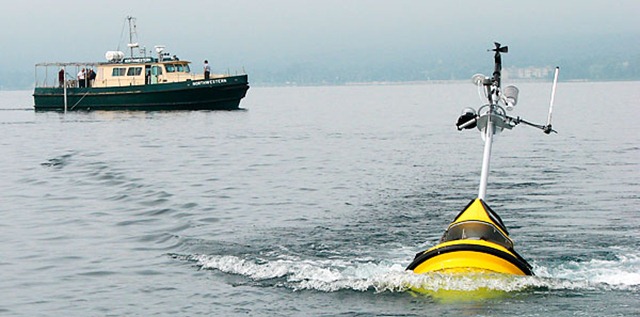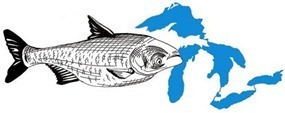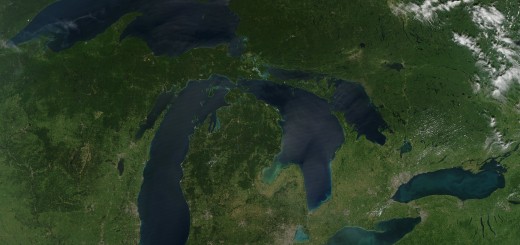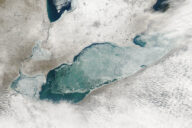Industrial pollutants isolated in eastern Lake Erie fish
0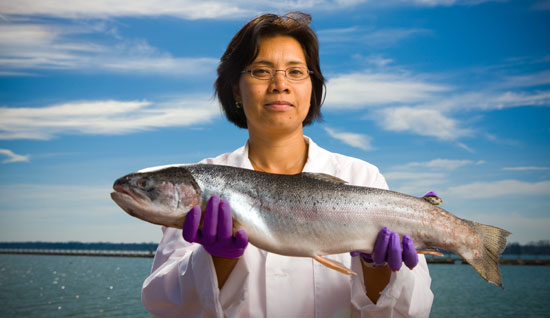
Chemist Diana Aga, while investigating pollutants in fish, holds a steelhead trout.
New York researchers have documented evidence of two contaminants in eastern Lake Erie fish.
The findings, published in the peer-reviewed journal Chemosphere in September, contributes to the growing body of knowledge on the lasting effects of human activity and waste disposal into the Great Lakes. The two contaminants studied were polychlorinated biphenyls (PCBs) and polybrominated diphenyl ethers (PBDEs).
Production of PCBs, a manmade organic compound once used in a variety of products including motor oil and plastics, has been banned in the U.S. since 1979. PBDEs are a class of flame-retardants commonly found in household items including fabrics and electronics. Both contaminants can interfere with the endocrine system, which secretes hormones to regulate growth, reproduction, and stress responses.
Samples of 18 carp from eastern Lake Erie were examined by researchers from the University at Buffalo, and concentrations of both pollutants were found in all cases. The amount of PBDEs found was relatively low, averaging 100 nanograms per gram of fish lipid. However, concentrations of PCBs were more significant, reaching 15,000 nanograms per gram in the lipid of one specimen. By comparison, no PCB pollutants were detected in a control group of 18 carp from two clean New York lakes.
Since the publication of their findings, the researchers are expanding their scope in a second study. They plan to examine PBDE levels in plankton; sport fish including steelhead, walleye, rainbow trout, and smallmouth bass; and forage fish including gobies and yellow perch. The aim of the researchers is to gain insight into how PBDEs move through the food chain to eventually accumulate in both commercial and invasive species.
The findings from these studies will provide scientists with baseline data and promote consumption advisories and better management of lake health. The new study will focus on commercially popular species.
“Many people have documented these pollutants in fish in the Great Lakes, but most studies that have been done are more on the western part of Lake Erie and in other lakes,” said Diana Aga, University at Buffalo professor and author of the paper. “What we’re doing here is to document specifically what’s happening in eastern Lake Erie, which is interesting because it can be easily impacted by industries and human activities in the Buffalo area.”
Aga pointed out the importance of documenting the current conditions so it can be compared to other areas and future conditions. For example, if there is any clean up in the area, researchers would be able to test if remediation efforts affect chemical levels in fish over time.
The interdisciplinary research team is led by biologist Alicia Pérez-Fuentetaja from Buffalo State College’s Great Lakes Center. In their Chemosphere paper, the team noted that PCBs and PBDEs are worthy of concern because of their potential to “disrupt the endocrine system, cause neurobehavioral deficits and possible cause cancer.”
Despite the ban on PCBs for over three decades, scientists continue to find concentrations of the substance in Great Lakes fish and elsewhere, highlighting the prolonged impact chemicals can have on the environment.
The research team noted, however, that the low level of PBDE found in carp is “encouraging news,” but adding that the flame retardant is still entering the lake. For this reason, the team expects to see an increase in this group of chemicals and suggests continued monitoring.
Scientists Find Industrial Pollutants in Eastern Lake Erie Carp [The University at Buffalo] Image Credit: The University at Buffalo




